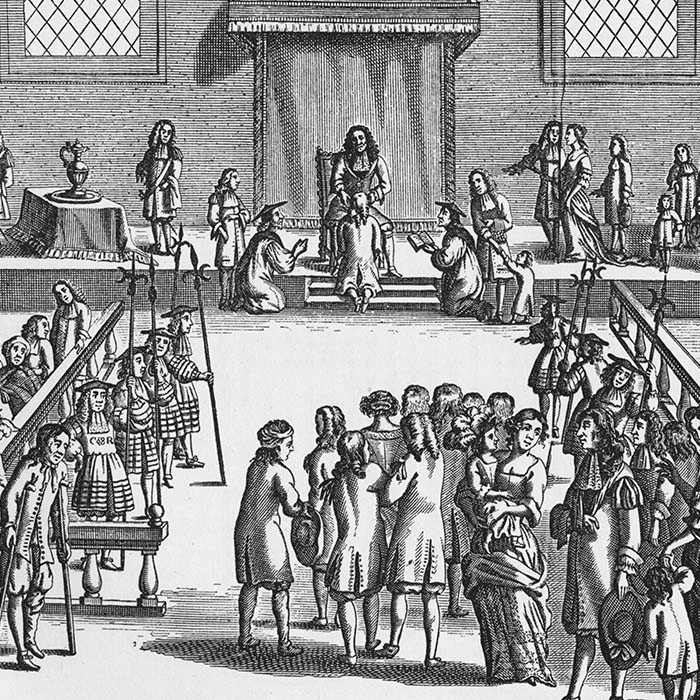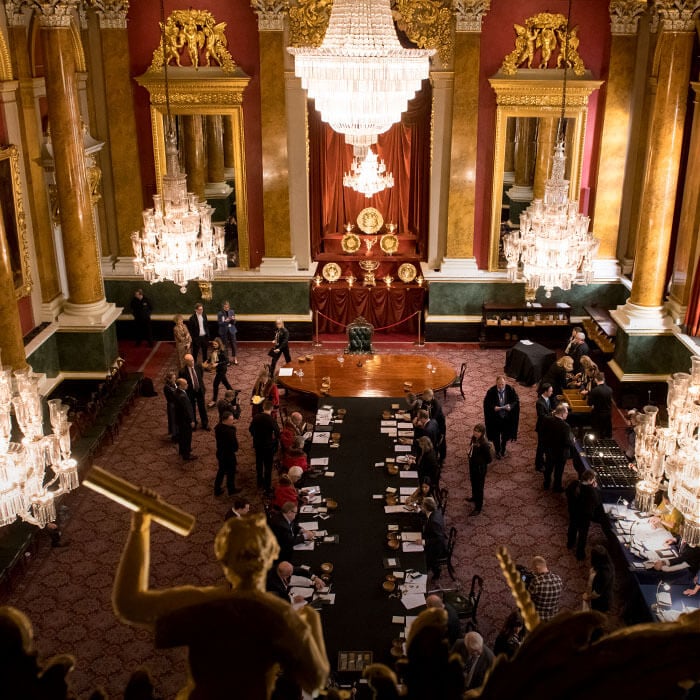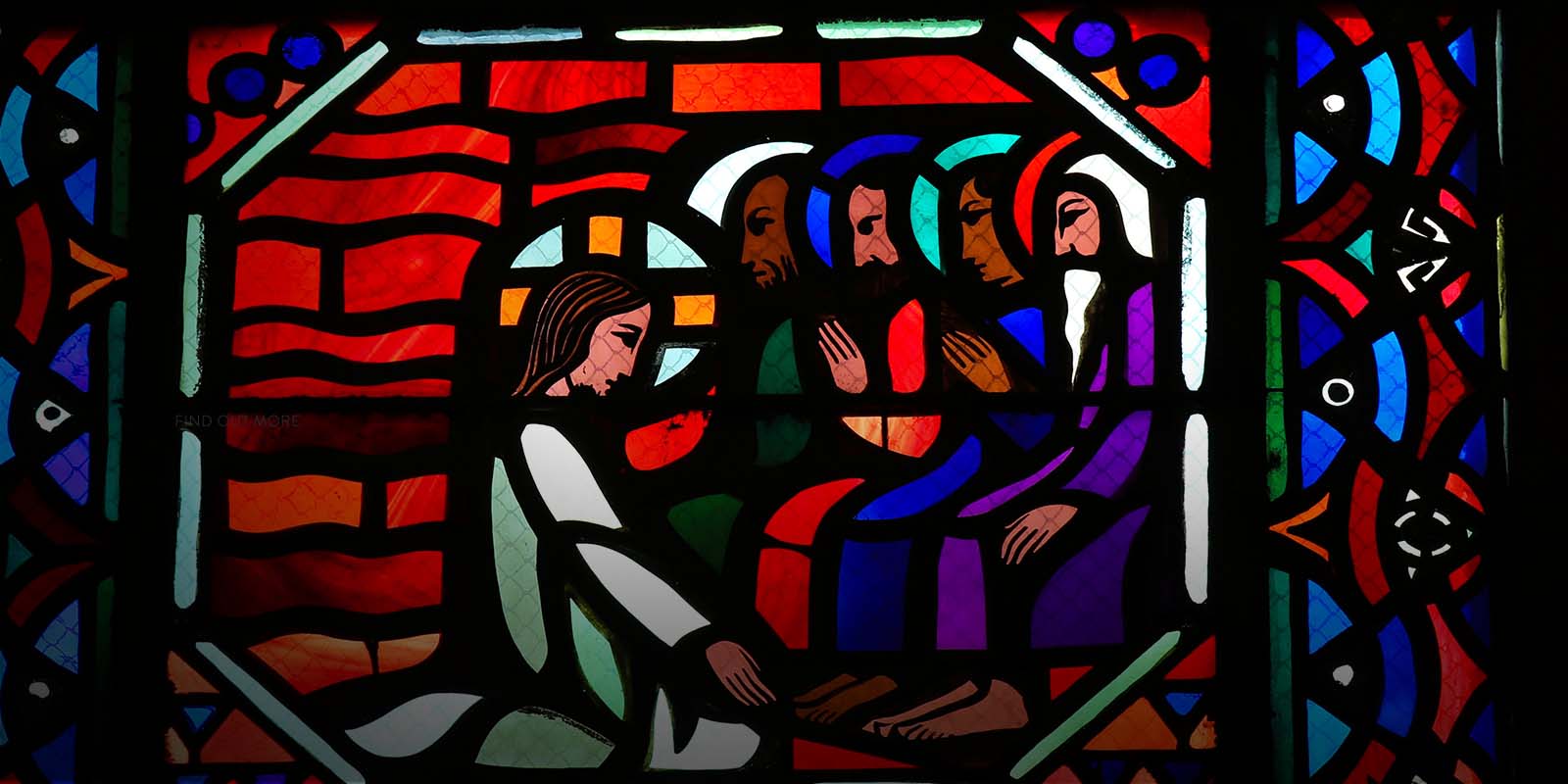
Given as gifts to mark momentous occasions and used as charms in healing rituals to protect against disease, coins have been part of ceremonies for centuries. Coins can connect us to the past by telling fascinating stories and help create new traditions, bringing generations together to celebrate events such as christenings, weddings and anniversaries.
We have a long history of making precious coins for significant milestones and you might find the origins of some of these coin-related traditions quite surprising!
Gold Coins in Ceremony
Gold coins are associated with many ceremonies, including the Feast of the Epiphany that takes place each year on 6 January in the Chapel Royal at St James’s Palace. Traditionally, gold, frankincense and myrrh have been offered at the service on behalf of the monarch to reflect the gifts given to Jesus by the Three
Wise Men.
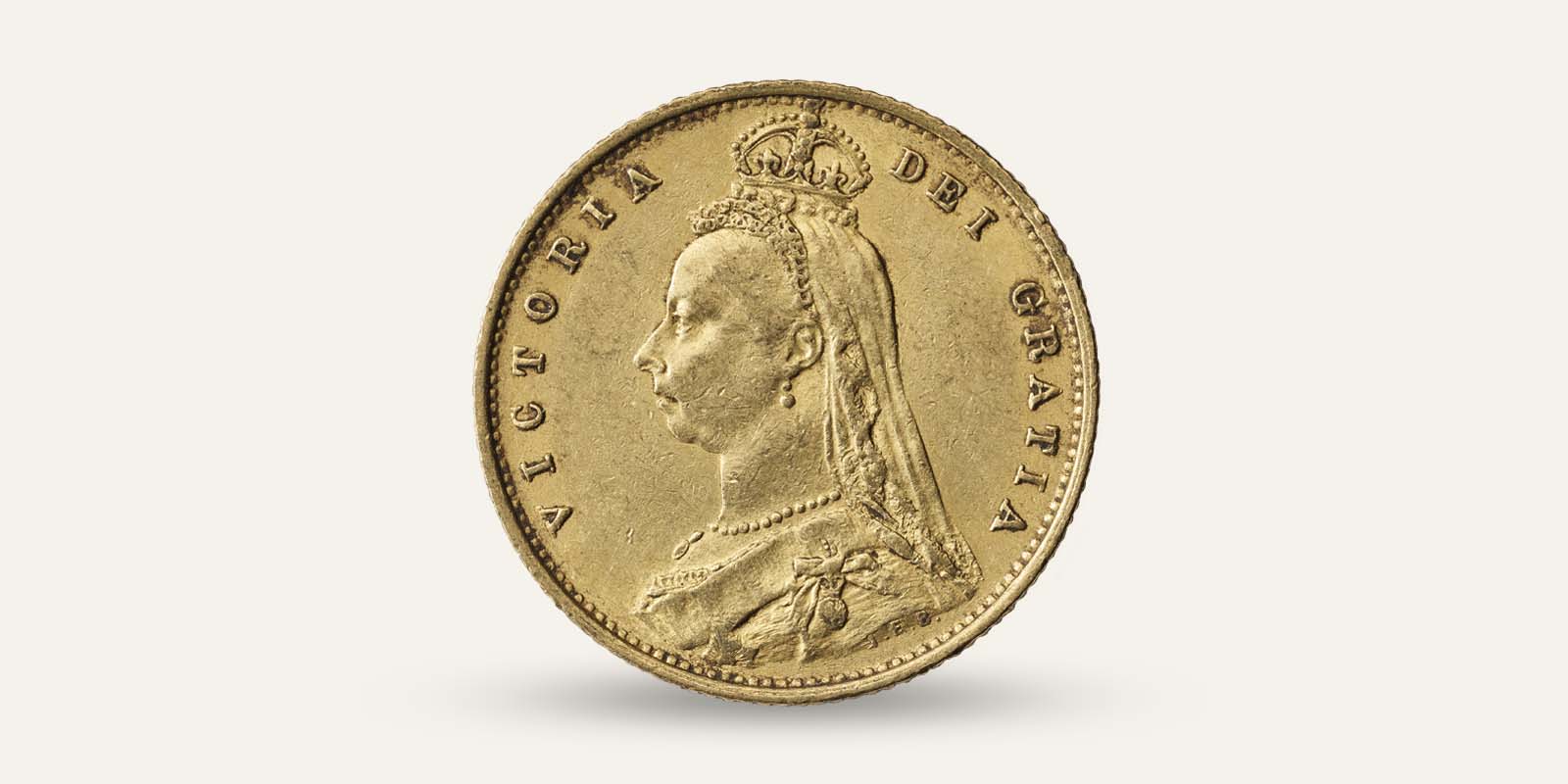
Maundy Money
Royal Maundy services are ceremonies where ‘Maundy money’ is given to people in a tradition linked to Jesus Christ and the last supper. The name Maundy comes from the commandment or ‘mandatum’ to love one another, given by Christ after he washed the feet of his disciples. Records show that the tradition of monarchs washing the feet of the poor and giving them gifts, food and clothing dates as far back as the fourth century.
The giving of Maundy coins dates back to King John, whilst Charles II gave specially struck coins from 1662. At first, recipients were given undated coins in the form of fourpenny, threepenny, twopenny and one penny pieces, but in 1670 a dated set of all four coins appeared. Since 1670, Maundy coins have been traditionally struck in sterling silver.
Each year, the monarch still performs a Royal Maundy service on Maundy Thursday, the Thursday before Easter. Given to older people chosen because of their service to the church or their community, the silver coins given in Maundy money in a white purse amount to the same number of pence as the monarch’s age.
The King’s Evil
Since the Middle Ages, people thought that being touched by the monarch could cure a swelling in the lymph glands in the neck, called scrofula or the ‘King’s Evil’. Edward the Confessor was the first king to start the belief and, in the fifteenth century, it became tradition for the king to give out gold coins called angels as charms to sufferers who attended healing ceremonies.
The tradition of ‘touching’ peaked following the Restoration when the number of people affected by scrofula reached epidemic proportions. Charles II is thought to have touched more than 105,000 people between 1660 and 1682. In 1711, Queen Anne – the last ‘royal healer’ – touched the English writer Samuel Johnson, who was an infant at the time, and the monarch went on to touch 200 people in 1712.
The Trial of the Pyx
The Trial of the Pyx is a centuries-old ceremony at which the weight, dimensions and composition of The Royal Mint’s coins are tested. It dates back to at least 1282 and ensures that the quality of the coins we produce meet very high standards. Today, independent adjudicators in Goldsmiths’ Hall, London, carry out testing known as ‘assaying’. Watch our video revealing more about the story of this fascinating ceremony.
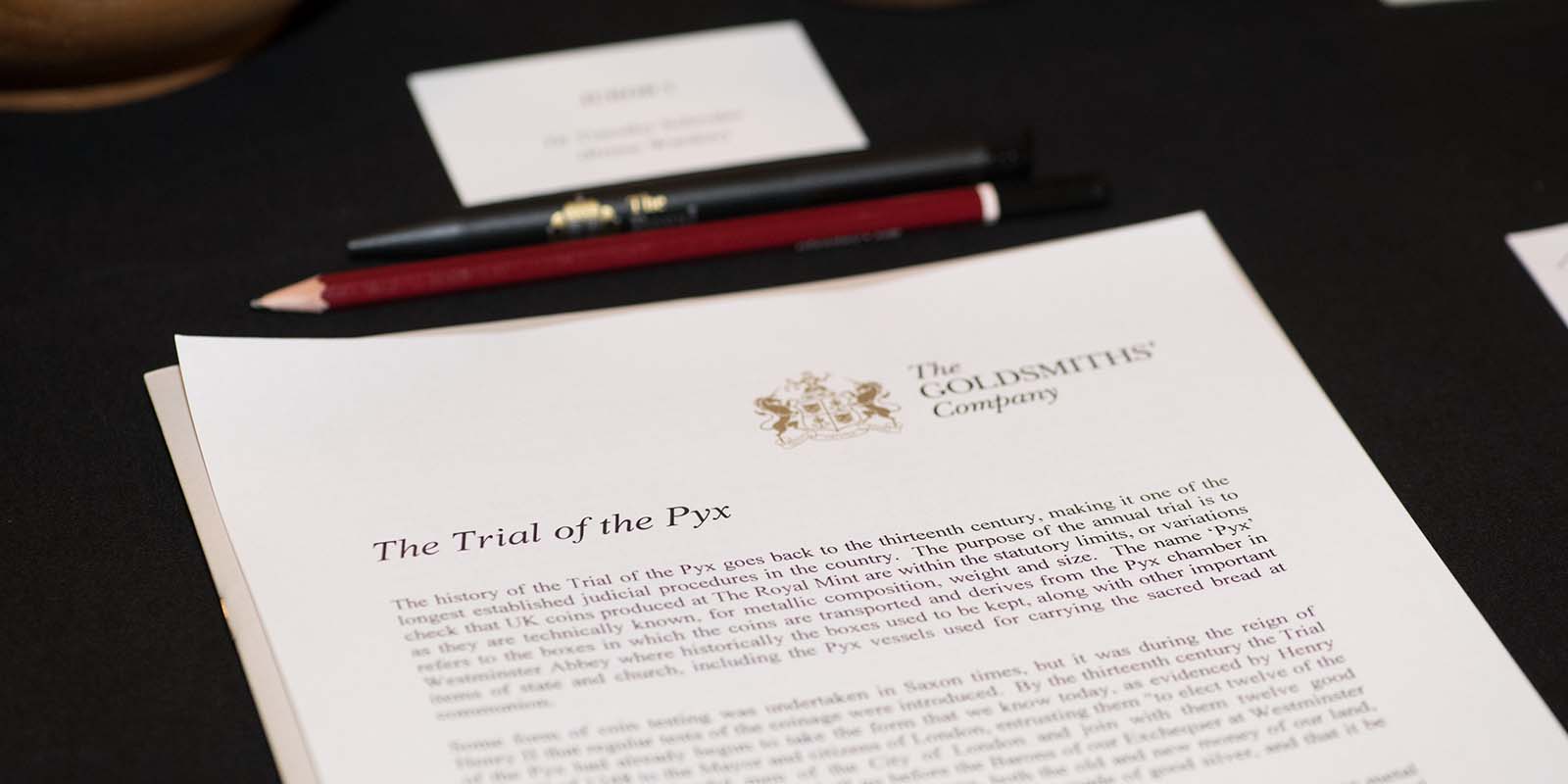
How to Collect Ceremonial Coins
Ceremonial coins can make a valuable addition to any coin collection and our Coin Finder Service can help you source what you are looking for. With more than 1,100 years of experience that includes making coins for ceremonies for hundreds of years, we can help you celebrate key moments in your life or find the perfect coin to give as a gift for a significant occasion.
You may also be interested
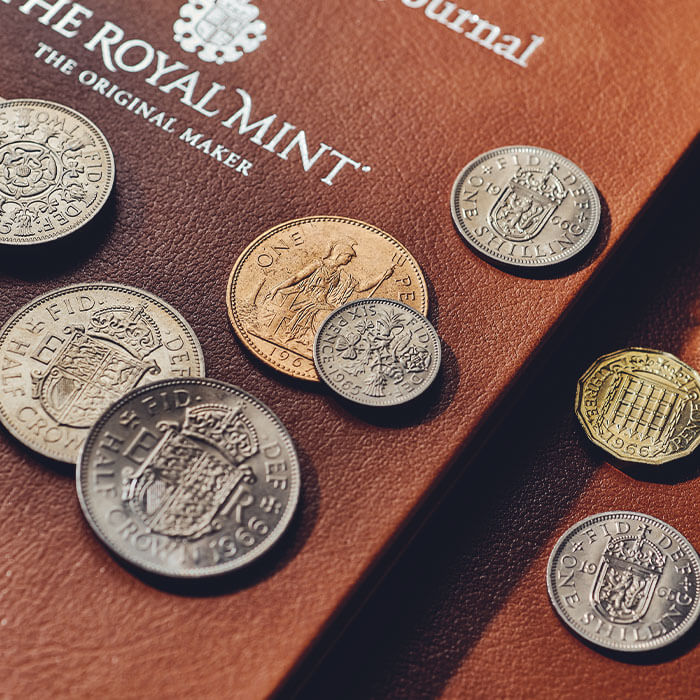
Ceremonial Coins
Shop now




